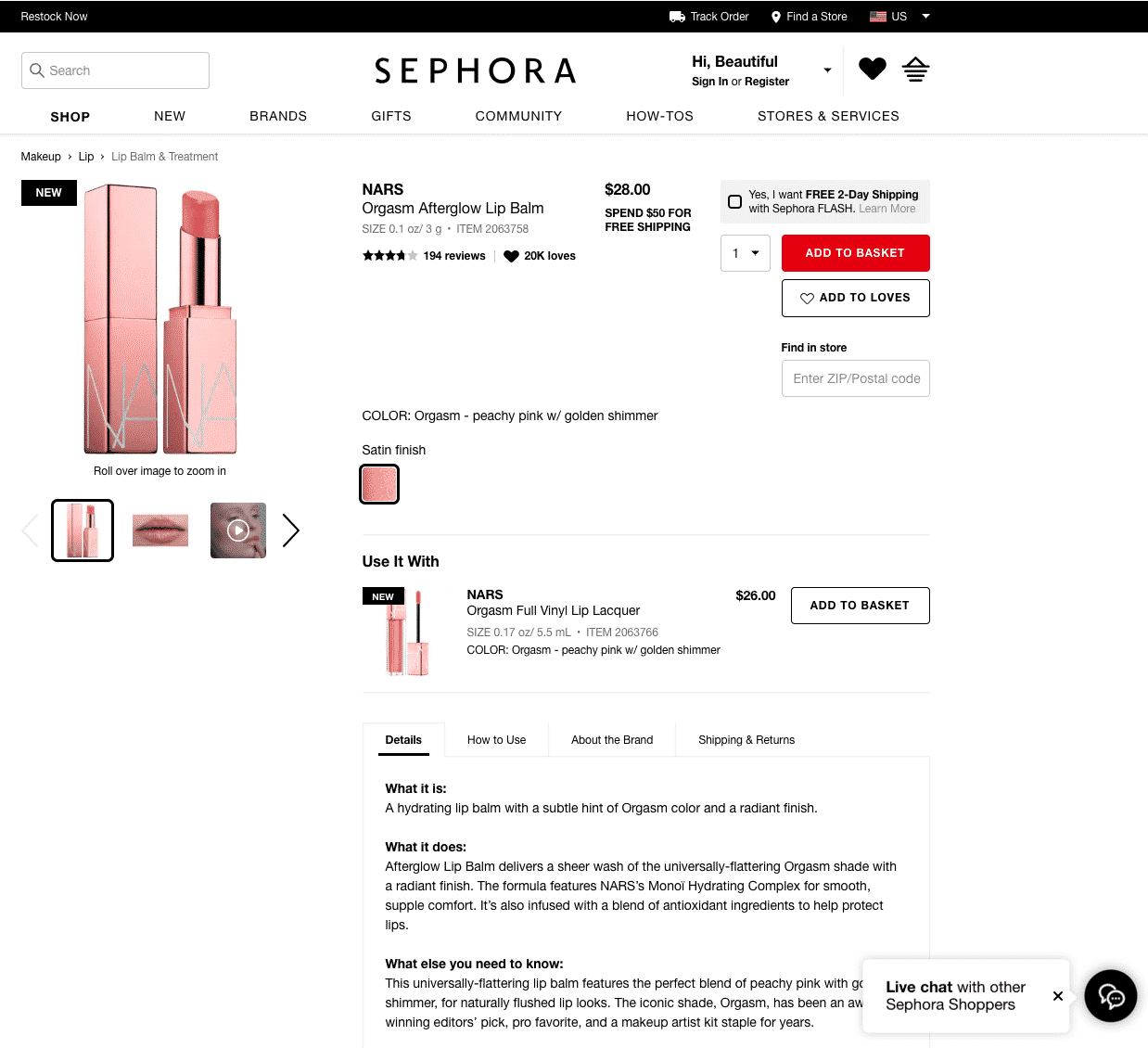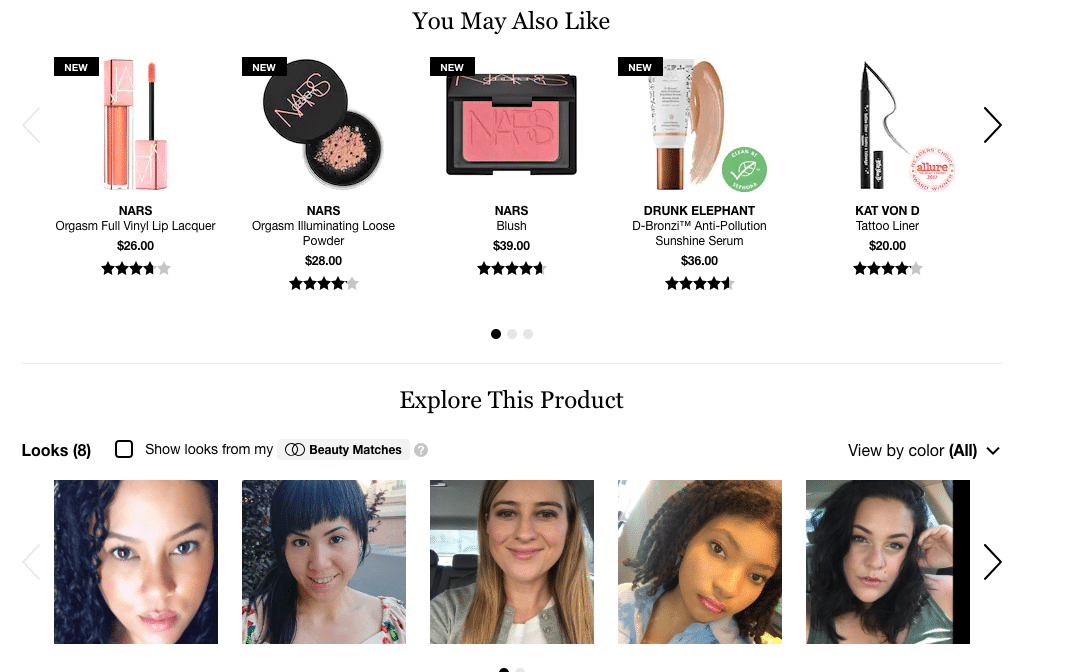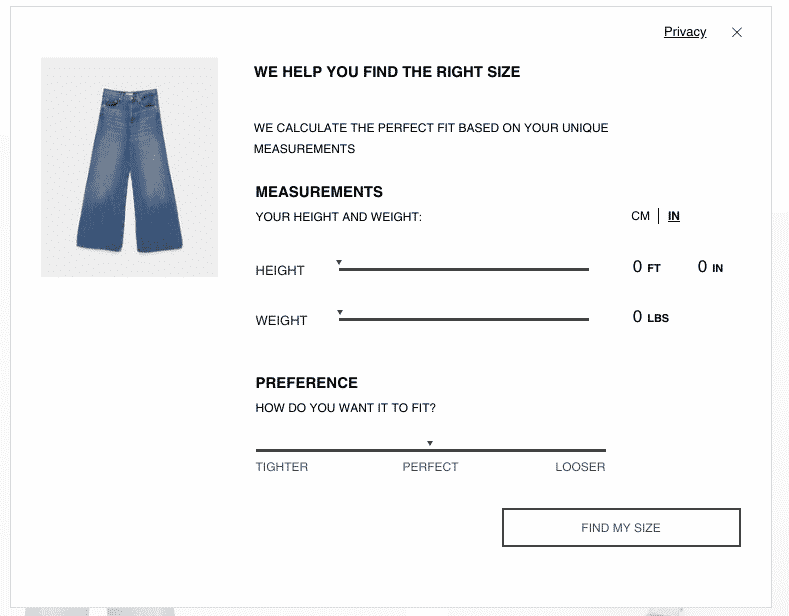By now, we’ve covered commerce marketing for offline retail and explored ways in how digitally native startups like Harry’s, Away, and Glossier build customer loyalty through content marketing. Yet that doesn’t stop every ecommerce website from being littered with abandoned shopping carts and the ghosts of visitors past.
Most shoppers will abandon the site in the process of making a purchase. The average shopping cart abandonment rate is around 77%. So how can you increase the number of shoppers that follow through and finally click “Buy”? We asked the shoppers themselves.
Our 2017 Shopper Story surveyed 10,000+ global shoppers to discover their shopping preferences. We found that 72% of shoppers still like to try new retail stores, but 75% still prefer to do as much online shopping as possible.
Here are three ways you can make sure you can keep shoppers on your site for each stage of the shopper journey:
1. Optimize your product page
Of our 10,000+ survey respondents, 67% said free shipping, 64% said available discounts, 48% said appealing photos, 48% said relevant reviews, and 20% said online chat.
With these stats in mind, it’s pretty clear that your online shop should strive to offer most if not all of these features on your product pages, to make it as easy as possible for shoppers to browse, learn about, and buy products.
Beauty retailer Sephora not only dominates the brick-and-mortar makeup market but the online one as well. Easy-to-navigate product pages clearly display product reviews, along with how-tos and ingredients. The pages also aim to answer any questions and concerns a shopper might have about any product, so that everything they might ask about is right at their fingertips.

Not only that, Sephora also has a running display of user-generated content featuring reviewers who want to share how the products look in action. These features create an informative and engaging product page.

2. User Experience
Our Shopper Story looked into how many different channels are used in the average shopper journey. About a third (32%) of shoppers engage in cross-site searches to find the best possible product. When they bounce from one ecommerce site, they look for a better selection, more product information, shipping options, and product reviews.
Every retailer and brand should constantly test their websites to make it as easy possible to make a purchase. Retail giant Zara’s website is a case study in simplicity, which might be part of the reason the company’s e-commerce revenue surged 41% in the past year.
With a streamlined homepage and limited options for navigation, Zara.com aims to help shoppers to find the latest best sellers, explore recent campaigns, and search. Clicking into each category is like scrolling through a luxurious fashion magazine, with artsy styling and, for each product, the option to find similar products as well as a consumer-data-sourced size finder.

However, having the easiest to navigate website or app might still not be enough. That’s why you also have to think about how to get back in front of shoppers after they’ve left your site.
3. Build an Omnichannel Journey
Last October, Sephora combined in-store and digital teams and assigned an EVP of Omniretail. With over 400 stores in the US, the retailer has also bet big on technology with heavy investments in their apps, websites, in-store display technologies, and loyalty rewards programs that bring shoppers back to buy.
The result of this investment shows: since 2016, Sephora has more than doubled online sales to 13% of total market share of online beauty retail. On top of that, Sephora’s instore sales teams are tech-savvy as well, trained to not only help people find exactly what they’re looking for, but also check them out while capturing important customer data for future relationship building.
Define Your Online Marketing Strategy
The goal of any retailer should be to turn offline foot traffic to online web traffic and vice versa. Imagine if you could reconnect with a shopper who visits the store but walks out before making a purchase. Or if you can build a loyalty program using personalized data from a shopper’s previous purchases.
The fact is, the vast majority of shoppers (98%) will leave your site without buying anything at all, at least the first time they visit. Or they’ll browse in your store before buying online. For beauty brands and retailers looking to bring shoppers back, retargeting is a great way to re-engage your shoppers and close the loop on omnichannel shopping journeys. A strong retargeting partner with a robust set of shopper data can help you re-engage shoppers who’ve left your website and provide the incentive for them to come back to either your site or store.
Learn more about how to bring your shoppers back to buy across social, in-app and video, download our pocket guide to health and beauty marketing today!





















